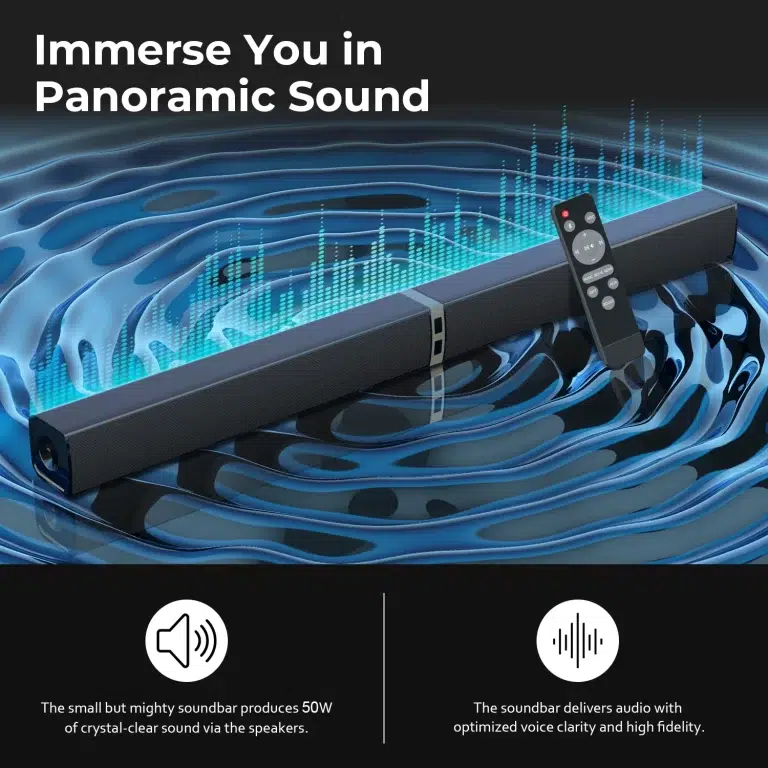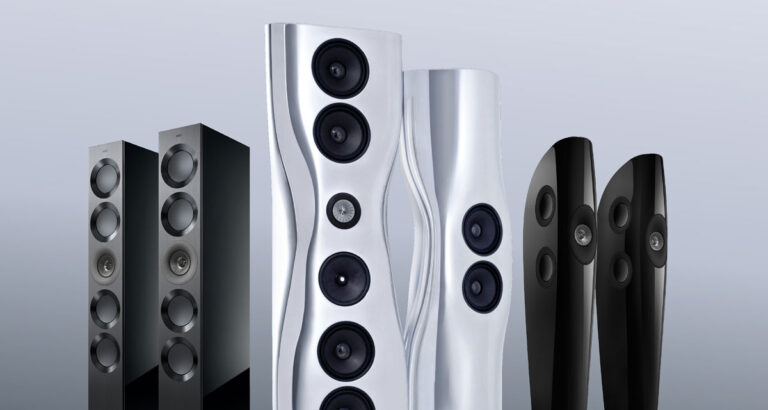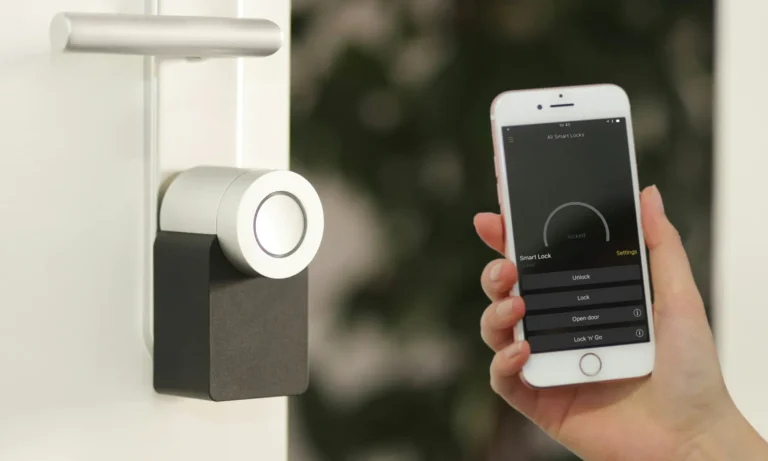Bluetooth has developed from version 1.0 to version 5.3, and has undergone 24 years of updates and iterations. It can be seen on mobile phones, tablets, laptops, wireless headphones, car computers and other products.
According to analyst data from the Bluetooth official website, annual shipments of Bluetooth devices will reach 7.6 billion units in the next five years, which can be said to be closely related to our life scenarios.
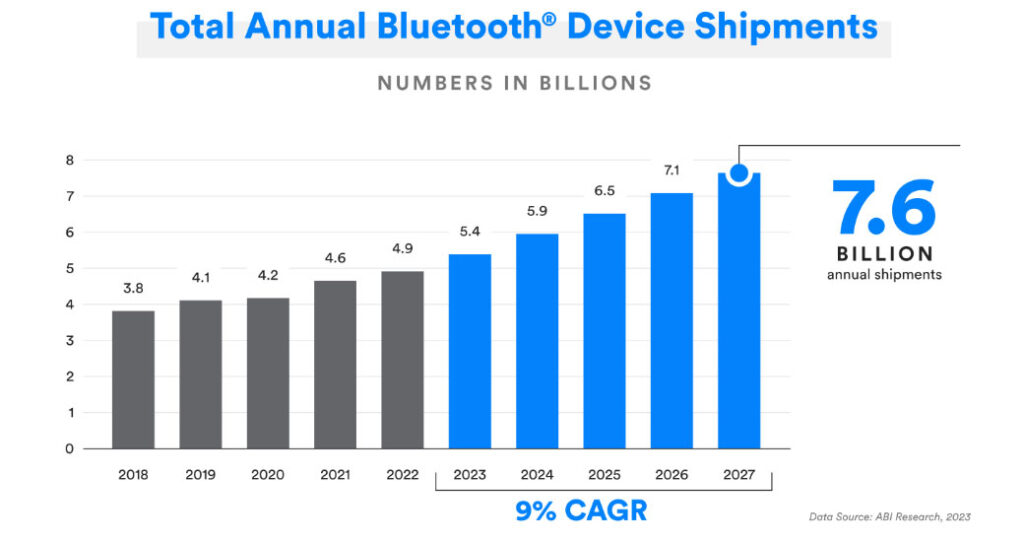
Today we will talk about the changes in the development of Bluetooth and how it intersects with our current lives.

The Origin and Birth of Bluetooth – The Wonderful Relationship between the Artist and the King
When seeing this title, everyone may have a big question in mind: why is a modern scientific technology related to kings and artists?
Sometimes we often say that the most unbelievable thing is often the truth.
Let’s first talk about the core technology foundation of Bluetooth. The history of Bluetooth actually dates back to World War II. The core of Bluetooth is short-range radio communication, and its foundation comes from frequency hopping spread spectrum (FHSS) technology, which was proposed by Hollywood actress Hedy Lamarr and pianist George Antheil in a patent application in August 1942.
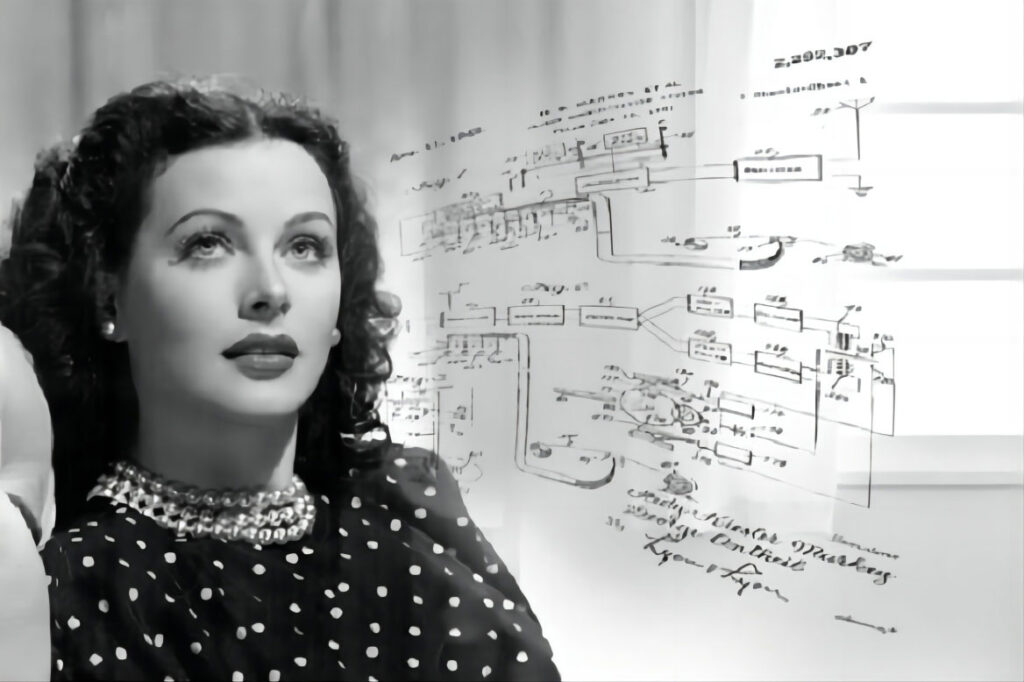
They were inspired by the number of keys on a piano and used radio-controlled torpedoes with 88 different carrier frequencies. Since the transmission frequency was constantly changing, it had a certain degree of confidentiality and anti-interference ability.
However, due to the era at that time, or perhaps due to the lack of trust in artists’ research technology, it was not put to good use (in fact, Hedy Lamarr originally studied communications technology), and it was not used in wireless communication systems on the battlefield until the 1980s.
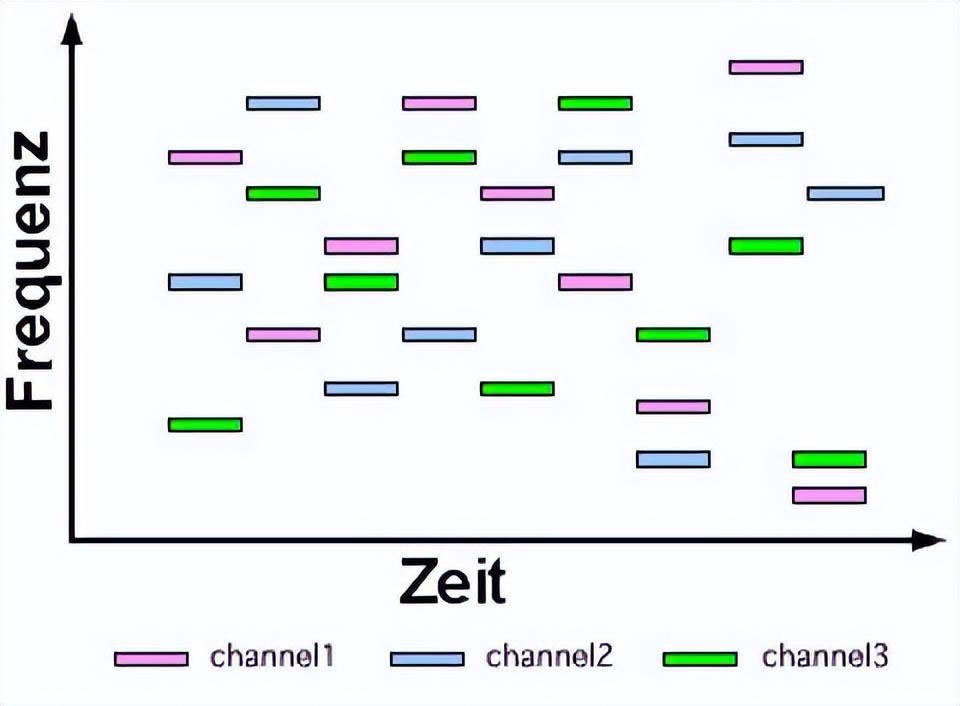
Back to the Bluetooth technology itself, based on the frequency hopping spread spectrum (FHSS) technology, many communication operators have come up with a lot of technical solutions. Bluetooth is also based on the solution proposed by Ericsson in 1994, which aims to study the method of low-power and low-cost wireless communication connection between mobile phones and other accessories.
At the same time, we hope to create a unified set of rules (standardized protocols) for communication between devices to solve the problem of incompatibility between mobile electronic devices among users.
In 1996, three industry leaders, Intel, Ericsson and Nokia, met to plan to standardize this short-range radio technology to support connectivity and collaboration between different products and industries.
As with many technologies, a unified name is needed before multiple industry brands come together to make a big event. At this time, Intel has played their usual talent for naming. The company’s representative Jim Kardach proposed the name of Harald Blåtand, the Danish king in the 10th century AD, as a temporary code name.
Because he unified the Nordic region of today’s Norway, Sweden and Denmark in European history, which coincides with the idea of the “Bluetooth” organization to seek a unified standard. Of course, facing the two local communication companies Ericsson and Nokia, there seems to be a certain meaning of currying favor with them.
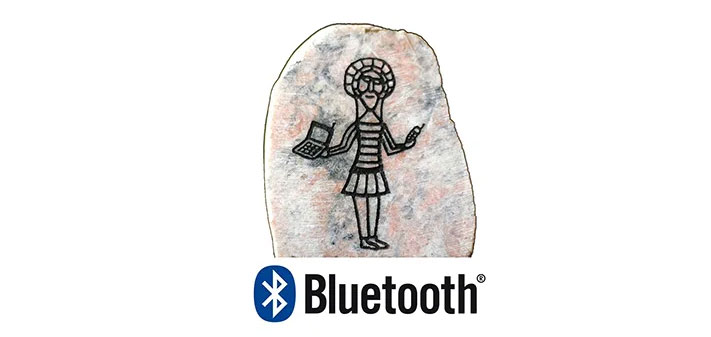
But why is the king’s name associated with modern Bluetooth? It’s actually quite simple. The Danish word Blåtand translates to Bluetooth in English. Another legend is that he loved eating blueberries and dyed his teeth blue.
The subsequent Bluetooth logo was also a combination of Feysac runes, with the first letters H and B of King Harold’s name spelled together, becoming the blue logo that everyone is familiar with today.
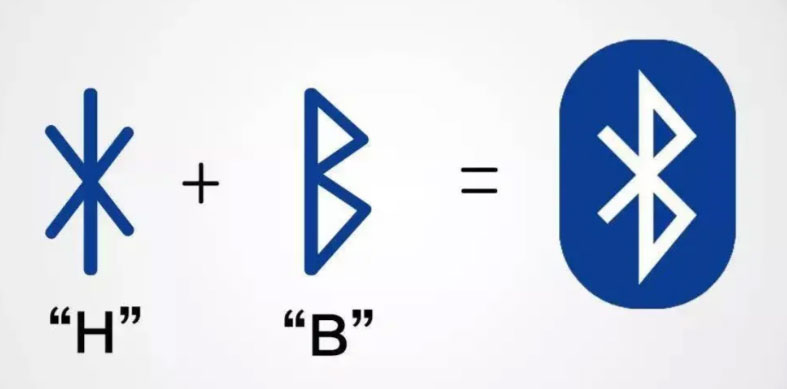
Now that we have a name in mind, it’s time to gradually get on the right track.
On May 20, 1998, Ericsson, together with five well-known manufacturers including IBM, Intel, Nokia and Toshiba, established the “Special Interest Group” (SIG), the predecessor of the Bluetooth Technology Alliance. In the same year, it also launched the 0.7 specification, supporting the Baseband and LMP (Link Manager Protocol) communication protocols.

The first generation of Bluetooth: the market gradually enters the wireless era
Bluetooth version 1.0 was released in 1999, specifying the use of the 2.4GHz frequency band and a transmission rate of 748~810kbit/s.
During this period, Ericsson demonstrated the world’s first Bluetooth product, the Bluetooth headset HBH-10.
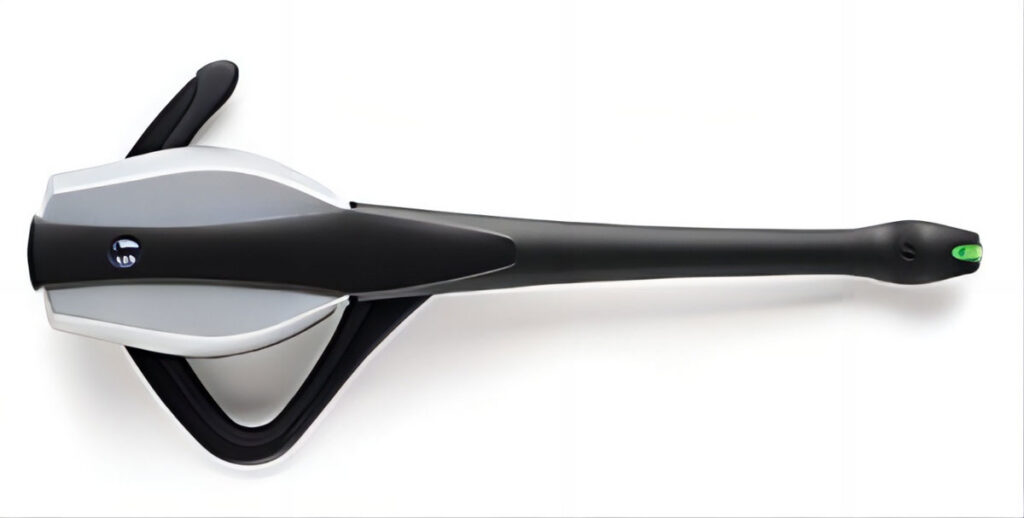
In 2001, Bluetooth version 1.1 was released and officially included in the IEEE 802.15.1 standard. This standard defines the physical layer (PHY) and media access control (MAC) specifications for wireless connections between devices with a transmission rate of 748~810kbit/s.
It can distinguish between primary and secondary devices and support the transmission requirements of stereo sound effects.
In the same year, the world’s first commercially available classic Bluetooth mobile phone was launched – Ericsson’s T39. IBM also launched the IBM ThinkPad A30 laptop with integrated Bluetooth in the same year;
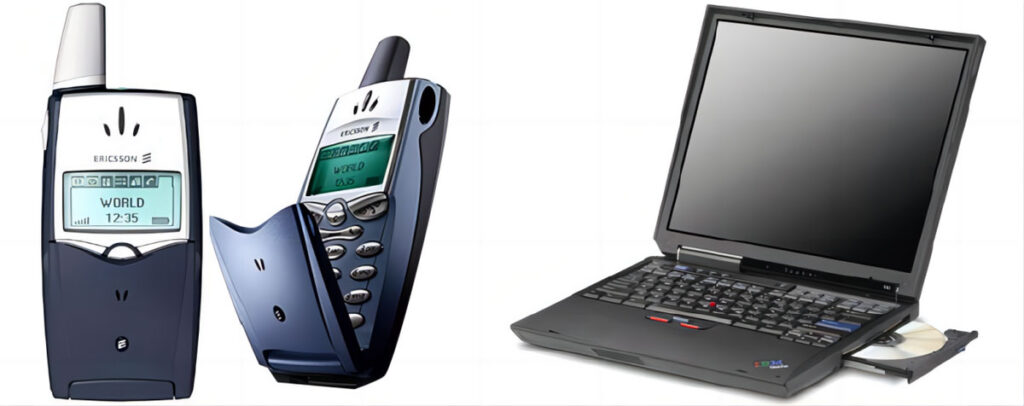
In 2003, Bluetooth version 1.2 was released, adding a new function to shield the device’s hardware address (BD_ADDR) to protect users from identity sniffing attacks and tracking.
The use of AFH adaptive frequency hopping technology (Adaptive Frequency Hopping) has enhanced anti-interference capabilities, and the newly added Faster Connection function allows devices to be connected and set up more quickly.
At the same time, the sound quality has also been enhanced to a certain extent. The newly added eSCO (Extended Synchronous Connection-Oriented links) extended synchronous connection-oriented channel technology enhances voice processing and improves the quality of voice connection (which can improve the sound quality of Bluetooth headsets).
With the addition of new technologies, there were new breakthroughs in Bluetooth players in the same year, such as the launch of the first Bluetooth MP3 – Patriot Moonlight Box P08.
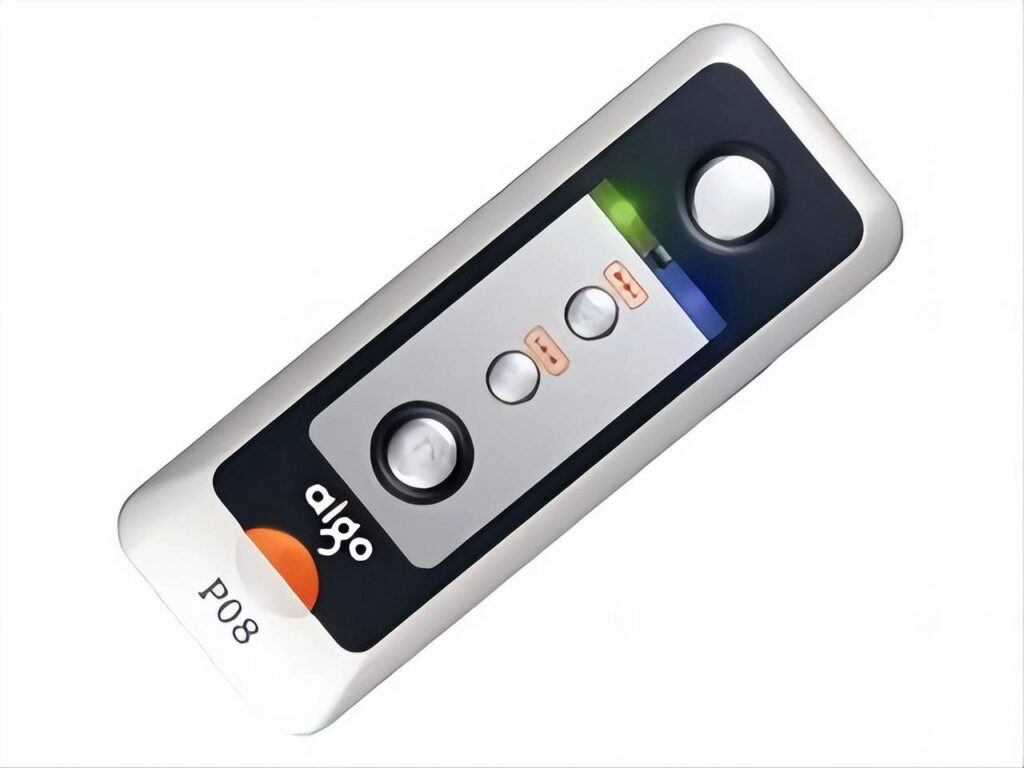
Second generation Bluetooth: EDR, facilitating high-speed transmission
In 2004, Bluetooth 2.0 was released, adding EDR (Enhanced Data Rate) technology, which improved the ability of multi-tasking and simultaneous operation of multiple Bluetooth devices, allowing the transmission rate of Bluetooth devices to reach 3Mbps.
Breaking through the simplex mode, it supports duplex mode. It can transmit documents/high-pixel images while carrying out voice communication. At the same time, EDR technology reduces power consumption by reducing the working debt cycle. The increase in bandwidth also allows Bluetooth 2.0 to increase the number of connected devices.
The representative product of this period is the BT420 Bluetooth stereo headset launched by Bluetake (now defunct), which comes with a 3.5mm to Bluetooth transmitter and is truly a memory of an era.

In 2007, Bluetooth 2.1 was released, adding the Sniff Subrating power saving function, which extended the signal transmission interval between devices from 0.1s to 0.5s, reducing the load on the Bluetooth chip.
Added SSP simple and secure pairing function, supports NFC near-field communication, and the transmission rate is approximately 1.8Mbit/s~2.1Mbit/s.
With the BT420 Bluetooth stereo headset, Sony Ericsson also caught up during this period and released the Sony Ericsson P910i PDA phone.

2008 can be regarded as a landmark time for using Bluetooth to listen to high-quality music, and the Bluetooth A2DP protocol began to become popular at this time.
A2DP stands for Advanced Audio Distribution Profile, which is a protocol for Bluetooth transmission. The emergence of this technology allows Bluetooth to transmit higher quality audio data, with a resolution of up to 44.1kHz;
At the same time, it also changed the Bluetooth headset from mono to stereo, which made it possible to listen to music with Bluetooth headsets. Later, the LDAC, HAW, and ATPX HD transmission codes that we often see in the headset parameter list all follow the A2DP protocol.
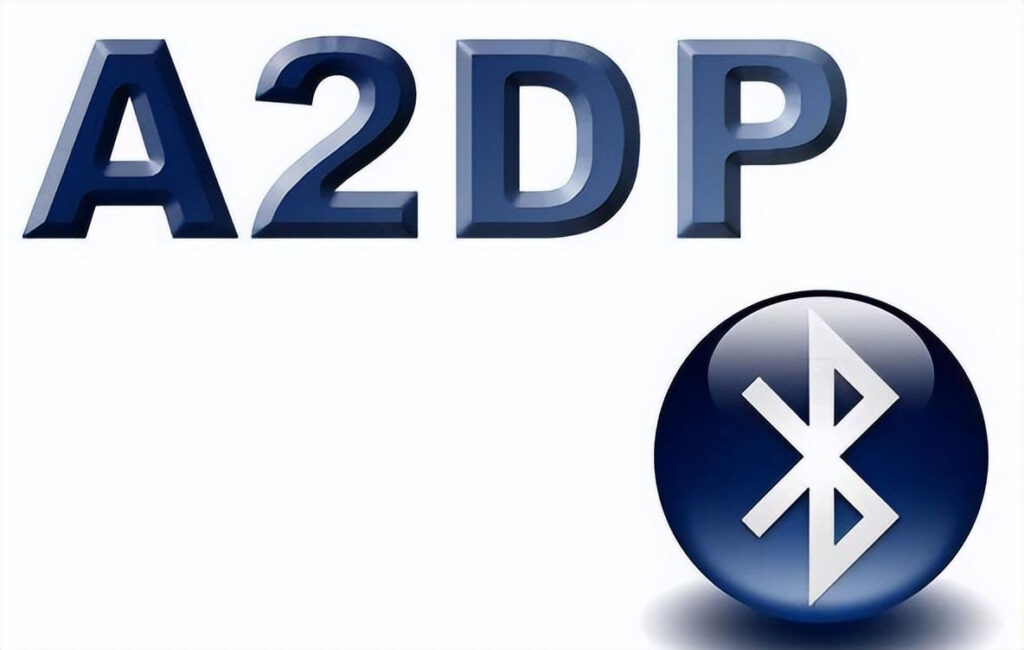
The third generation of Bluetooth: the official arrival of the high-speed era
Bluetooth 3.0 was released in 2009, and Bluetooth made rapid progress that year.
The newly added optional technology High Speed enables Bluetooth to call 802.11 WiFi for high-speed data transmission, with a transmission rate of up to 24Mbps. It can easily realize data transmission between VCR to HDTV, PC to PMP, UMPC to printer, and the effective transmission distance reaches 10m.
The core of this version update comes from AMP (Generic Alternate MAC/PHY), a new alternate radio frequency technology that allows the Bluetooth protocol stack to dynamically select the correct radio frequency for any task.
The power consumption is lower than the previous version. The EPC enhanced power control technology is introduced, and combined with 802.11, the actual idle power consumption is significantly reduced.
The typical product at this time should be said to be closer to home connectivity, that is, the Bluetooth adapter we still use today. Until now, you can use the adapter to allow PS4/5 to have the function of directly connecting to other Bluetooth headsets/audio devices.

The fourth generation of Bluetooth: the era of low power consumption
In 2010, Bluetooth 4.0 was released, officially integrating the three specifications into one. The most important change is the BLE (Bluetooth Low Energy) low-power function, which proposed three modes: low-power Bluetooth, traditional Bluetooth and high-speed Bluetooth.
“High-speed Bluetooth” focuses on data exchange and transmission; “Traditional Bluetooth” focuses on information communication and device connection; “Low-power Bluetooth” focuses on connecting devices that do not require too much bandwidth, and its power consumption is reduced by 90% compared to the older version.
Not only that, the transmission distance has also been greatly improved, the effective transmission distance can reach 60 meters, and the maximum range can exceed 100 meters.
As power consumption decreases, it is undoubtedly good news for mobile phones and other products with large integration, as it can greatly improve the battery life of mobile phones. The first product to be equipped with this version is the Apple iPhone 4S that we are all most familiar with.

The development of smartphones has also promoted the progress of a series of related audio devices, especially in terms of product form, which has evolved to a more fashionable standard. In 2012, earbud-style stereo Bluetooth headsets appeared. In 2014, the true wireless headset Bragi The Dash began crowdfunding, and in 2015, the TWS true wireless earbuds Onkyo W800BT were launched.

V4.1 was released in 2013, providing co-existence support for LTE, and can work seamlessly with the latest generation of cellular technologies such as LTE. It also adds support for routing, gateway and other protocols to meet the application needs of the Internet of Things.
Version 4.2 was released in 2014, supporting 6LoWPAN, a low-speed wireless personal area network standard based on IPv6. Bluetooth 4.2 devices can directly access the Internet through IPv6 and 6LoWPAN.

Fourth Generation Bluetooth: The Internet of Things Era
In 2016, based on the previous foundation of the Internet and the Internet of Things, version 5.0 of Bluetooth was officially introduced into the smart home field on a large scale.
Compared with the previous version, 5.0 supports a maximum transmission speed of 48Mbps, the transmission distance is increased to 300m, and provides a transmission speed of up to 2Mbps in low power mode.
The addition of indoor positioning assistance function and Wi-Fi can achieve indoor positioning with an accuracy of less than 1 meter. At the same time, the addition of Mesh can use Bluetooth devices as signal relay stations to cover data in a very large physical area and establish a “one-to-one” or “one-to-many” micro-network relationship.
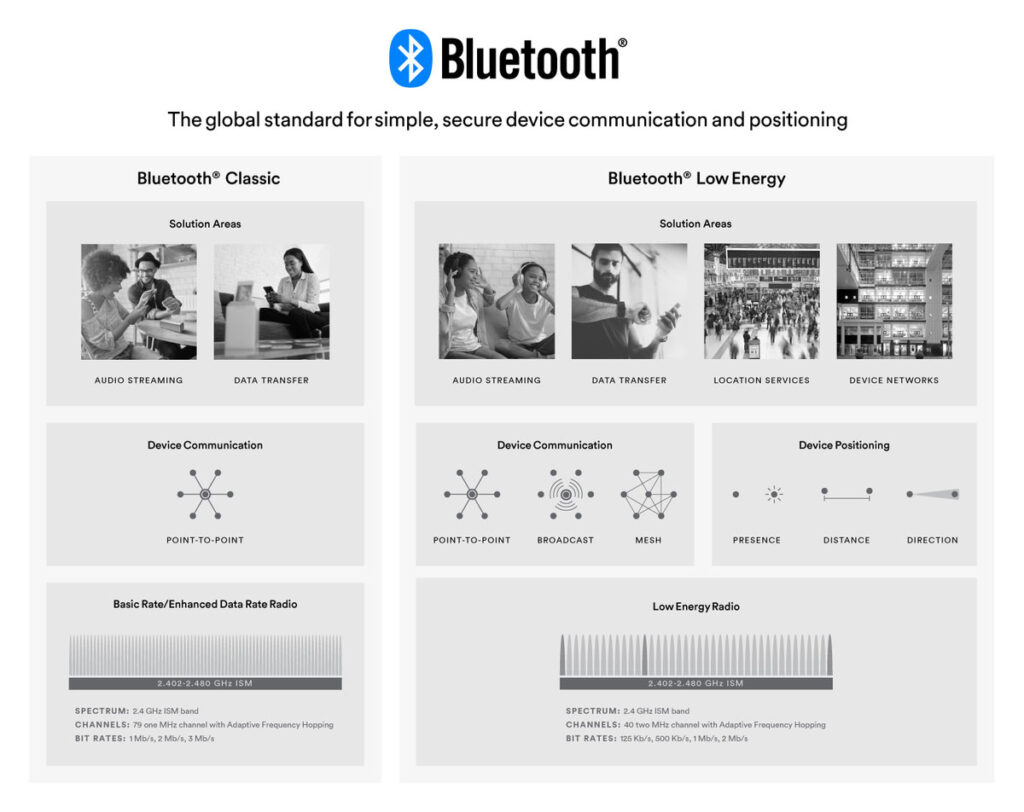
In 2019, Bluetooth 5.1 was released, adding direction finding function and centimeter-level positioning service. The addition of this function makes indoor positioning more accurate, and can also accurately locate the position of small objects to avoid loss of items.

Bluetooth 5.2 was released in 2020. Its main features are the enhanced ATT protocol, LE power consumption control and signal synchronization, which make the connection faster, more stable and more anti-interference.
Among them, LE Audio is closely related to us. It not only supports stereo in connected and broadcast states, but also enhances Bluetooth audio performance through a series of specification adjustments, including reducing latency and enhancing sound quality through LC3 codec, which is undoubtedly good for the development of wireless headphones.
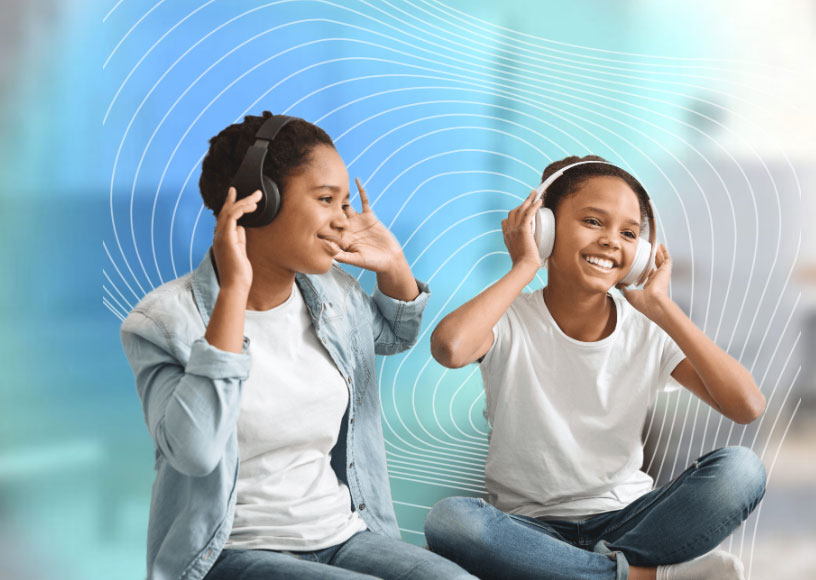
In 2021, Bluetooth version 5.3 was released, with major improvements in three aspects: transmission efficiency, security, and stability: it solved the problem that version 5.2 could not transmit low-speed data, enhanced encryption control, and enhanced periodic broadcasting.
The Bluetooth 5.4 version was announced in 2023, with major updates to broadcast data encryption, broadcast coding selection, periodic broadcasts with responses, and LE GATT security level features.
It further enhances the security of Bluetooth wireless communication technology, helps improve the user experience of Bluetooth Mesh networks and various Bluetooth applications based on GATT, and will develop new Bluetooth application specifications based on the new features.
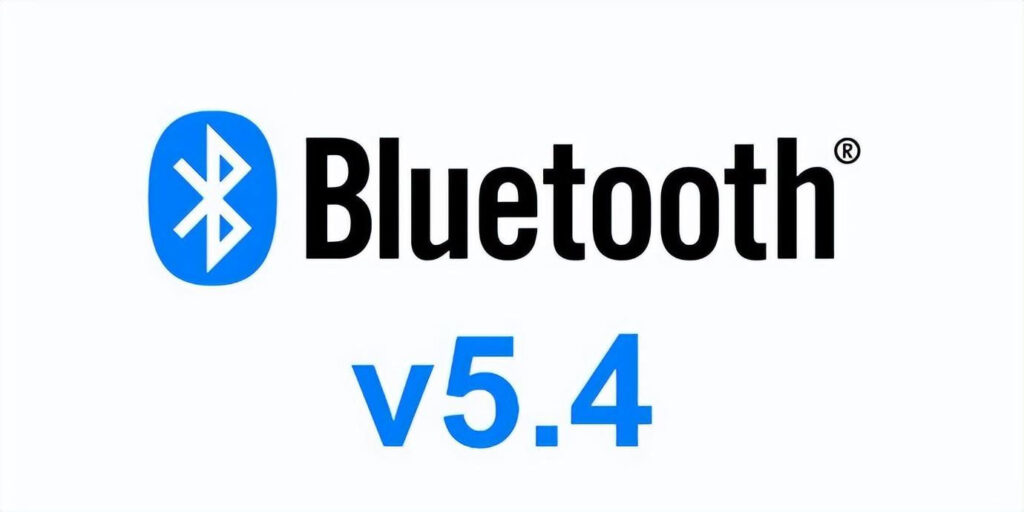
To date, Bluetooth has been continuously updated and improved over the past 25 years, from the initial 1.0 to the current version 5.4, from audio transmission, image and text transmission, video transmission, to IoT data transmission with low power consumption as the main feature, allowing us to improve work and life efficiency more easily and efficiently.
Next, let’s take a look at some of its practical application scenarios in our lives today.
Common applications of Bluetooth technology 1 – wireless headphones
With the birth of A2DP, Bluetooth headsets also support more audio formats, allowing the public to listen to higher quality music. Nowadays, wireless Bluetooth headsets can be seen everywhere. Relying on the low power consumption and fast transmission of Bluetooth, we can have better sound quality and a more stable experience.
Nowadays, most of the Bluetooth versions on the market are 5.2/5.3. As mentioned above, LE Audio can provide better audio enjoyment. For example, UGREEN’s T3 headphones use the new generation of Bluetooth 5.2 main control chip, combined with the SAW anti-interference antenna design, which can greatly improve the anti-interference ability, lower power consumption, faster transmission, and more stable connection;
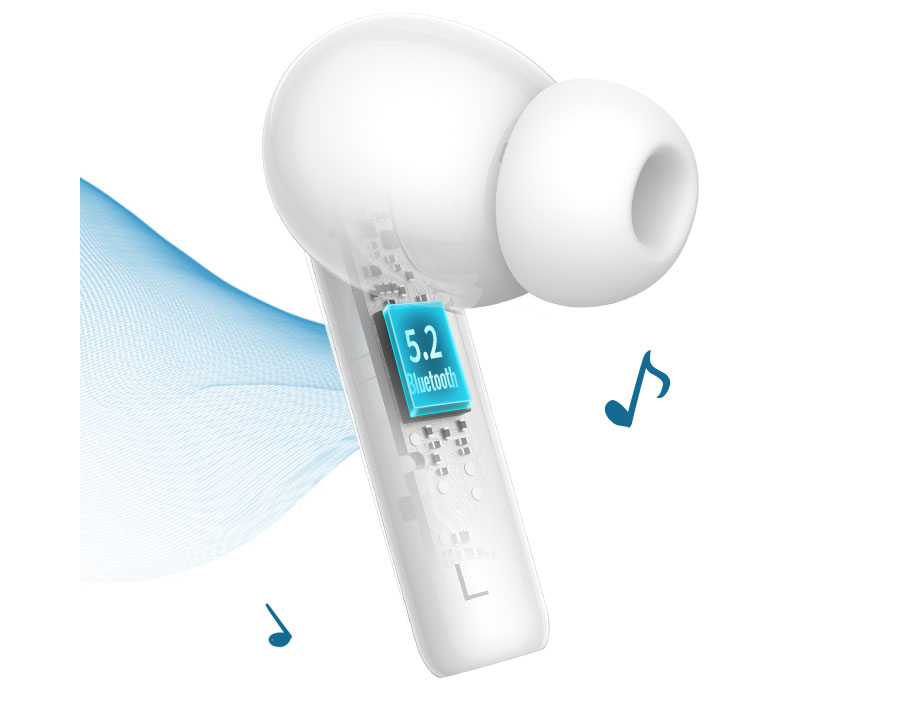
Common scenarios of Bluetooth technology 2 – Bluetooth adapter
Why do we need a Bluetooth adapter? Although Bluetooth is a feature that almost all devices are equipped with, there are always some devices that cannot use the Bluetooth function due to special or damaged features. Compared with replacing the entire device, a small Bluetooth adapter is more suitable.
For example, the current PS4/PS5 game consoles and Switch are not compatible with Bluetooth headsets on the market due to the particularity of the devices, but if an adapter is connected, wireless headphones and Bluetooth speakers can be freely connected.
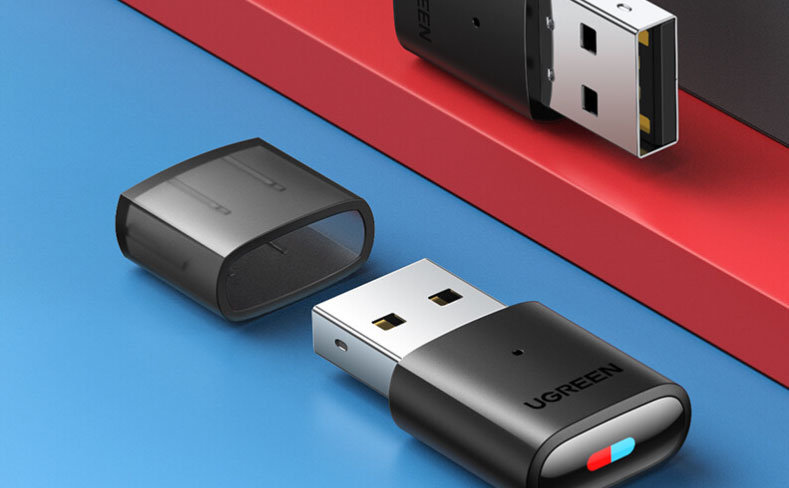
For example, many Bluetooth 5.0 transmitters can be used with any wireless headphones and desktop speakers. It is compatible with PS4/PS5 game consoles and Switch, and can also achieve one-to-two (connecting two headphones), making the user’s wireless audio experience more convenient.
At the same time, for older amplifiers or speakers that do not have Bluetooth, you can also use the UGREEN 5.1 version 3.5mm wireless audio receiver to immediately add Bluetooth functionality and solve the problem of limited distance under wired connection.

Common scenarios of Bluetooth technology 3 – Bluetooth Mesh
Compared with WIFI networking, the biggest advantage of Bluetooth is that it does not require a real-time network connection, but can communicate directly through the Bluetooth function of the product.
The most common ones include Bluetooth headsets, smart watches/bracelets, Bluetooth blood glucose meters, Bluetooth light bulbs, etc., which can be controlled directly through a mobile phone, avoiding restrictions between brand products and being more unified.
Its direction finding function and centimeter-level positioning service enable more precise control. It has unique advantages in the fields of object tracking, building automation, wireless sensor networks and smart homes, and has great potential in the future.

The above is about the birth and development of Bluetooth and its application in related scenarios. From it, we can perceive the new direction of Bluetooth for the future Internet of Things. It will also be further extended to various fields with its own characteristics of low power consumption, high-speed transmission, and high security, making smart life more convenient and efficient.
Bluetooth has been developed for so many years. Are there any unforgettable Bluetooth products? What new expectations do you have for Bluetooth?

